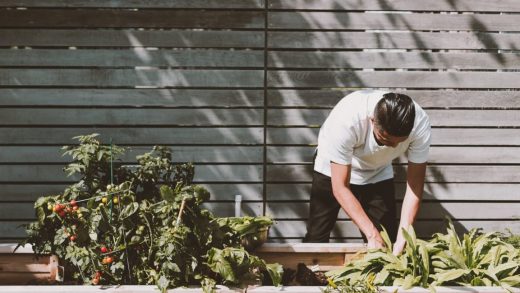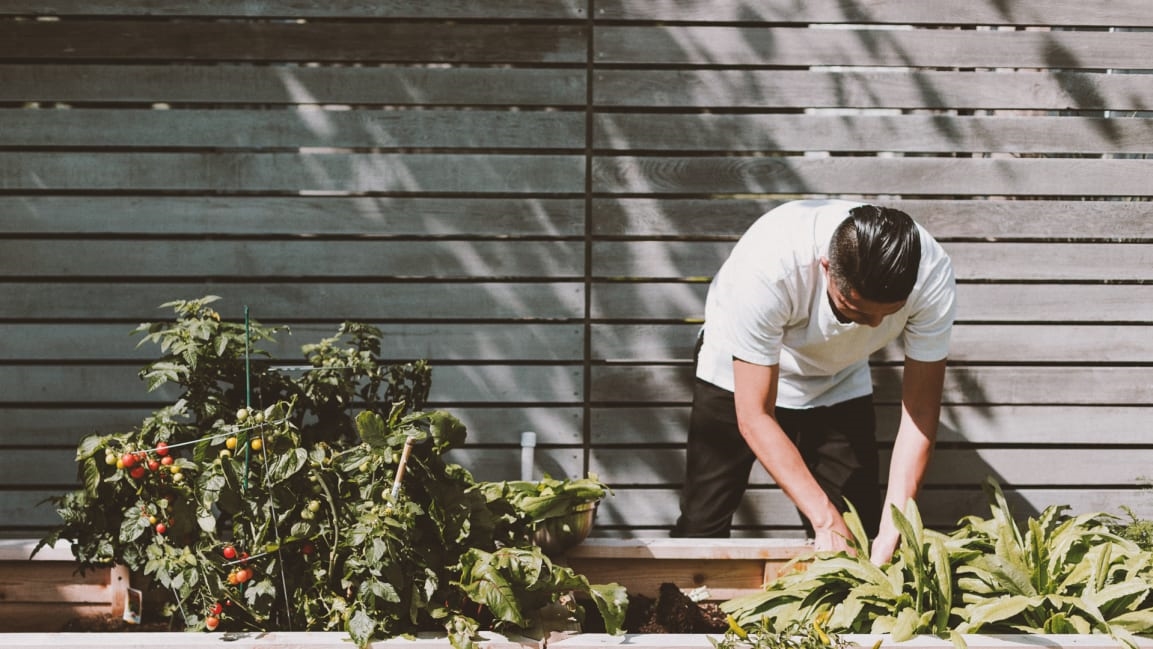Gardening saves humanity yet again: Study reveals benefits of growing protein in your backyard
Rather than growing daffodils or irises or tulips, you can grow all of your household’s protein right in your backyard. Yes, even if your backyard is neither large nor zoned as a farm.
A new study in the journal Sustainability says that growing your own protein is a fabulous way to avoid facing another pandemic meat shortage. Researchers explored what protein production might be possible in a smallish backyard with no specialized equipment or food sources. “You don’t have to convert your entire backyard into a soybean farm. A little goes a long way,” said coauthor Joshua Pearce, a solar engineer at Michigan Technological University, in a statement. When the pandemic struck, he was studying the viability of raising rabbits under solar panels (we have as many questions about this as you do) and pivoted his research to strategies to avoid societal meat shortages. “Many people don’t treat their backyards as an asset,” Pearce added. “In fact, they can be a time and money sink that they have to mow and pour fertilizer on. We can actually be very self-reliant when we treat our yards as an asset.”
The average adult needs 51 grams of protein per day. The researchers found that a typical backyard can produce up to 160% of the protein needed in soybeans alone, which can be prepared into easy snack foods like edamame.
If eating only soy sounds less than appetizing (and possibly questionable health-wise), the multi-disciplinary team also found that chickens (both eggs and meat) can supplement soy in a small backyard. Raising chickens might be worthwhile just for the shirts.
For further variety, they also found that rabbits, fed on only backyard grass, can provide up to 50% of a household’s protein. Certain U.S. regions are particularly hospitable to large numbers of rabbits, including the Pacific Northwest and Finger Lakes region. Fun fact: Raising small animals like rabbits is a substantially more efficient (1.4-4 times) source of protein than pigs and cows.
No word yet on how your municipality will respond to your backyard mini-farmstead.
(34)



